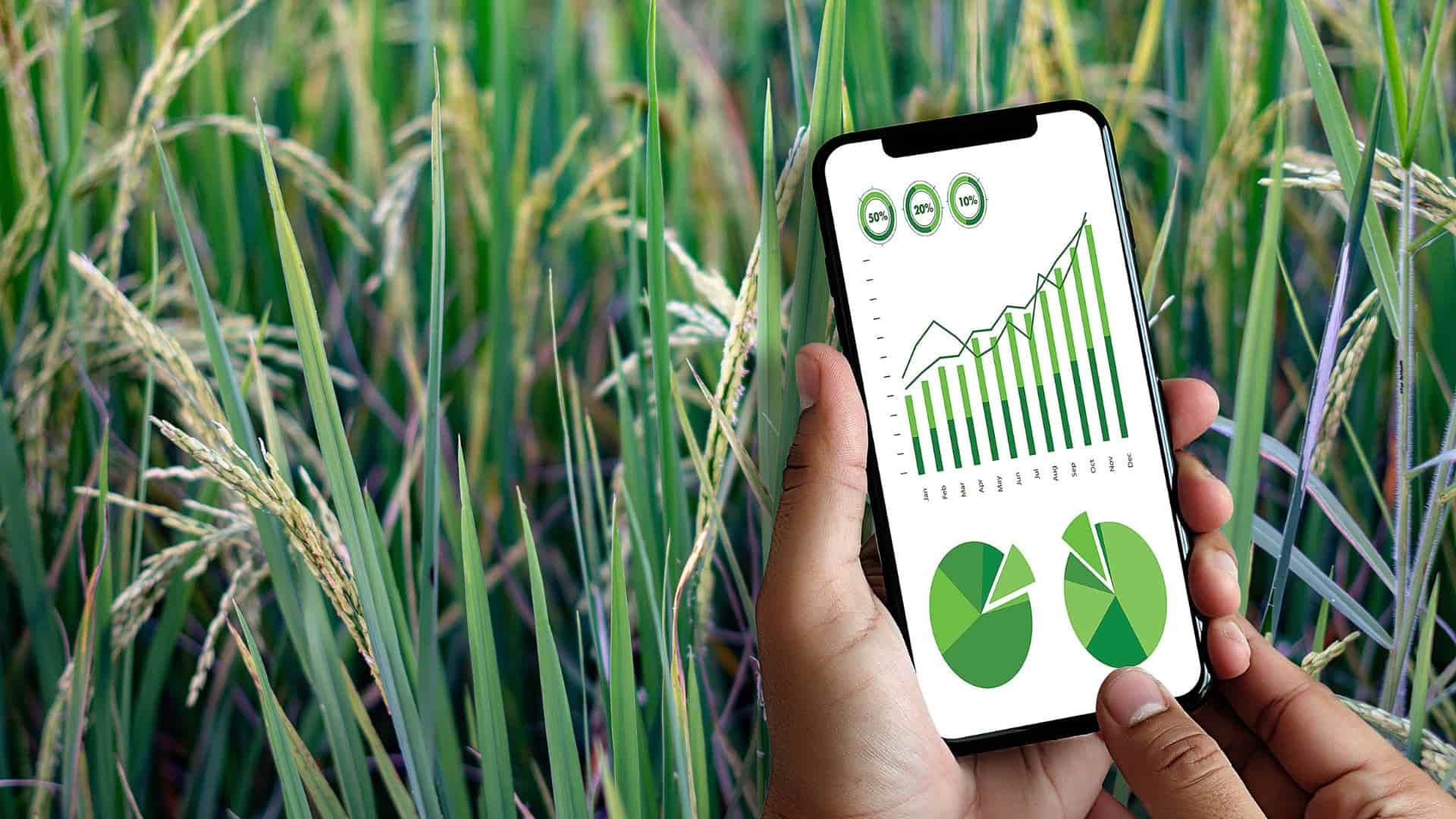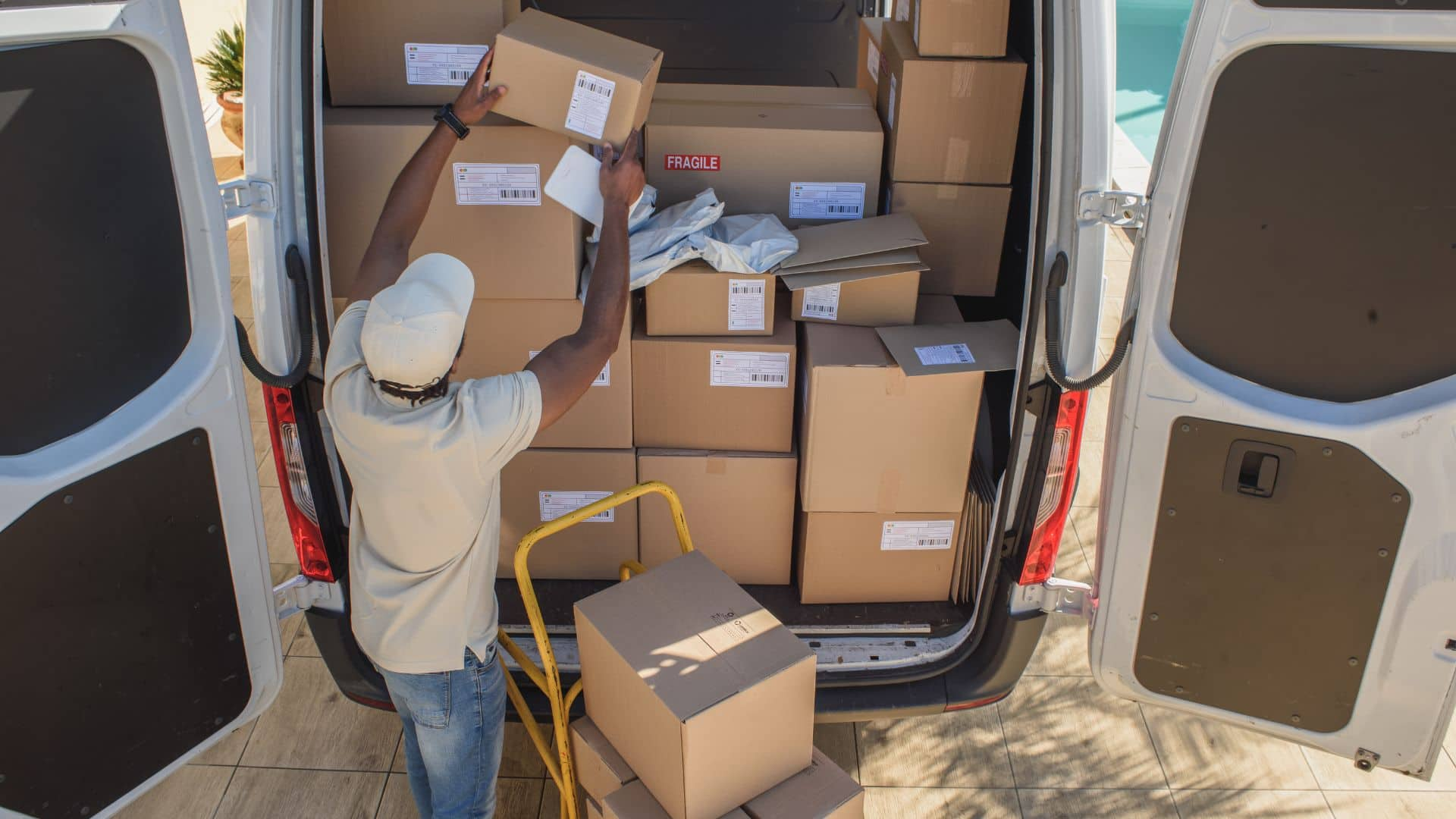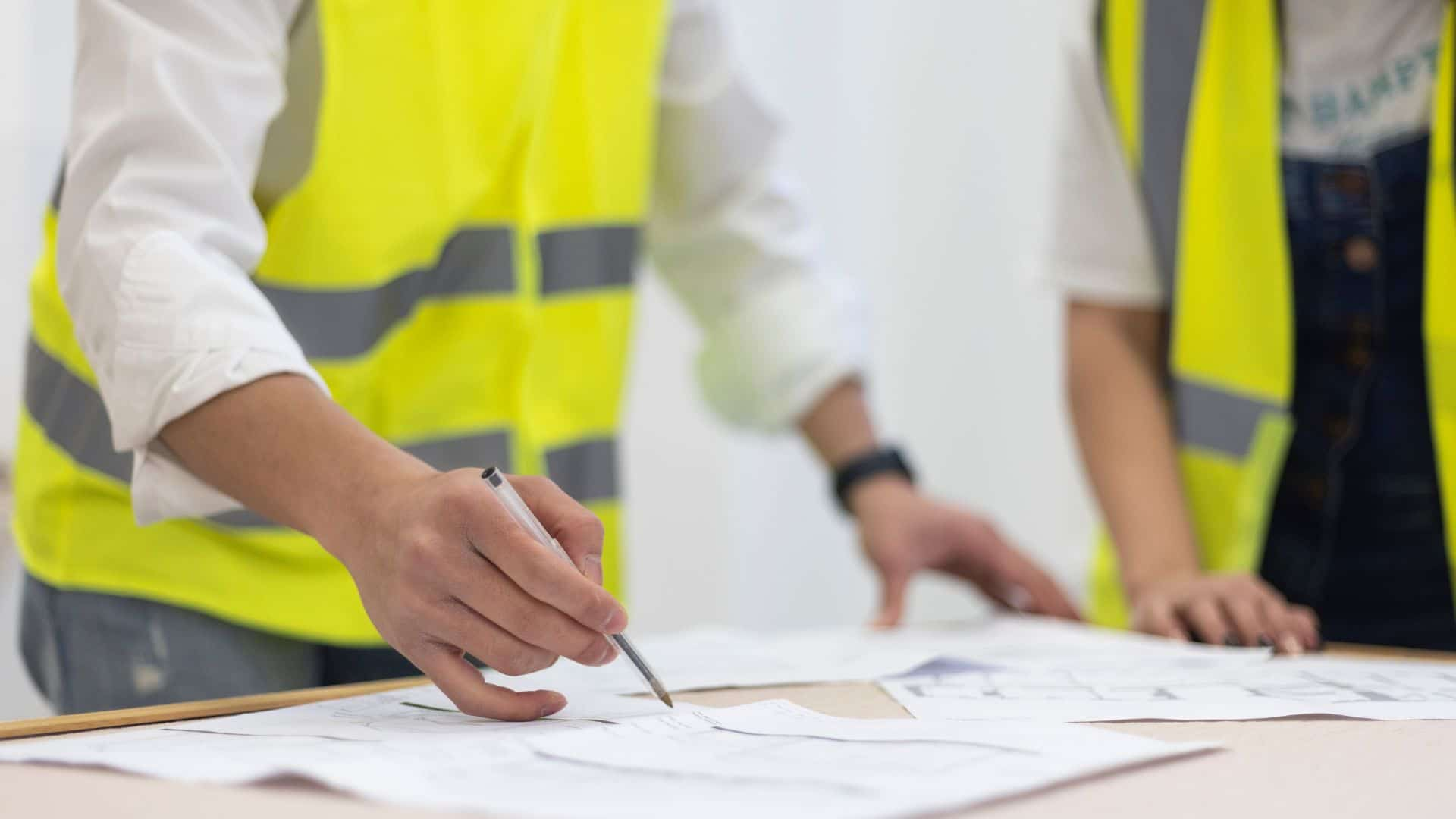In manufacturing enterprises, especially small and medium enterprises (SMEs), production cost accounting plays a key role in controlling cash flow, calculating costs and optimizing profits. Proper application of regulations, specifically Accounting for production costs according to Circular 133, not only ensures legal compliance but also provides a solid data foundation. However, doing it manually can be time-consuming and error-prone, which is why solutions accounting automation Like Bizzi, it is becoming a powerful tool to help businesses manage costs effectively.
Production cost information is fully and accurately accounted for according to Circular 133/2016/TT-BTC, which is the basis for evaluating performance, analyzing break-even points and planning sustainable business development.
What is production cost accounting according to Circular 133?
Accounting for production costs according to Circular 133 is the process of recording, classifying and summarizing costs incurred directly related to the production of products or provision of services of small and medium enterprises (SMEs), in compliance with the accounting system and methods prescribed in Circular 133/2016/TT-BTCThe main goal is to collect accurate costs to calculate product cost, serve as a basis for pricing and determining business results.
1.1. The role of production accounting in SME enterprises
For SMEs, the role of production accounting is not only to record data but also to act as a bridge between production activities and financial management. The main objectives include:
- Track and record production costs by element: direct materials, direct labor, and general manufacturing costs.
- Guaranteed to count accurate, transparent and full of cost data.
- Provide core input data for calculation product cost, profit analysis and performance evaluation.
- Support the management in making decisions management decision Based on real data, optimize SME's limited resources.
1.2. Main tasks of production accounting according to Circular 133
Production accounting in enterprises applying Circular 133 performs the following core tasks:
- Calculate production cost and determine cost of goods sold.
- Monitor and record fluctuations of raw materials, supplies, goods and finished product, an important part of the business cost management.
- Production warehouse management, inventory control.
- Detect the irrationality in production process to propose corrective measures.
- Set up the cost analysis report internal administration service
Which businesses apply Circular 133?
According to regulations, Circular 133/2016/TT-BTC is applied to small and medium enterprises (SMEs) in all fields and economic sectors. The criteria for determining SMEs are implemented according to the provisions of the law on supporting small and medium enterprises. These enterprises can choose to apply the Accounting Regime according to Circular 200/2014/TT-BTC if it is suitable for their characteristics and management requirements, but must notify the tax authorities.
Basic principles when accounting for production costs according to Circular 133
To ensure validity and consistency, accountants must comply with the principles specified in Circular 133/2016/TT-BTC:
- Matching Principle: Production costs should be recognized in proportion to the revenue generated during the period.
- Original price principle: All expenses must be recorded at the actual amount paid or payable at the time of occurrence.
- Consistency Principle: The method of accounting for production costs and calculating prices must be applied consistently throughout the accounting year.
- Principle of caution: Provisions are made for possible losses but uncertain profits are not recognized.
- Principles of legality, rationality, validity: All recorded expenses must be fully documented. Processing automation input electronic invoice is the first step to ensuring that all input costs are recorded accurately and properly from the start.

Comparison of production cost accounting according to Circular 133 and Circular 200
The choice between TT133 and TT200 directly affects how production cost accounting. Below is a comparison table of the key differences:
| Criteria | Circular 133 (for SMEs) | Circular 200 (for all types of enterprises) |
|---|---|---|
| Applicable objects | Small and medium enterprises. | All types of businesses, regardless of size. |
| Account system | Simpler, more streamlined. There are no detailed production cost accounts like 621, 622, 627, but they are gathered directly into Account 154However, businesses are allowed to add level 2 accounts for detailed tracking. | More detailed and complex. Mandatory use of intermediate cost aggregation accounts is Account 621, 622, 627 before transferring to account 154. |
| Complexity | Simple process, reduces intermediate entries, suitable for SME accounting resources. | Requires detailed, multi-step procedures, requiring higher-level accounting personnel. |
| Financial report | The financial reporting system is designed to be simpler. | The reporting system is more complete, detailed and complex. |
Account 154 – Cost of production and business in progress according to Circular 133
According to Circular 133, Account 154 “Cost of production and business in progress” is used to collect production and business costs to determine product prices in small and medium enterprises. This is the core account in the process. Accounting for production costs according to TT133.
Structure and Reflection Content of Account 154
- Debit side: Record actual production and business costs incurred during the period (direct material costs, direct labor costs, general production costs) and transfer unfinished production and business costs at the end of the period (in case of periodic inventory).
- Creditor: Record the actual production cost of finished products in stock, completed services; Value of recovered scrap, damaged products; Cost of raw materials, labor exceeding normal level and fixed unallocated production costs; Carry over unfinished costs at the beginning of the period (in case of periodic inventory).
- Debit Balance: Reflects unfinished production and business costs at the end of the period.
Types of expenses recorded in Account 154
Enterprises applying Circular 133 can directly account for expenses in account 154 or open level 2 accounts to track details:
- Direct material cost (Account 1541): Includes actual value of main and auxiliary materials directly involved in production.
Entry: Debit account 154 / Credit account 152. - Direct labor cost (Account 1542): Including wages, allowances and deductions from the wages of production workers.
Entry: Debit account 154 / Credit account 334, 338. - General production costs (Account 1547): Including workshop management costs, machinery depreciation, outsourced service costs, etc.
Entry: Debit account 154 / Credit related accounts (214, 331, 112,…).
5-step process of accounting for production costs according to Circular 133
To optimize efficiency, the process Accounting for production costs according to Circular 133 should be digitized, especially in the stages of document collection and payment:
- Step 1: Collect direct material costs. Accounting records the total value of raw materials used for production.
- Step 2: Collect direct labor costs. Record wages and salary deductions of production workers.
- Step 3: Collect and allocate general manufacturing costs. Record indirect costs in the workshop (depreciation, tools, electricity, water, etc.). Digitalization helps standardize and speed up payment process for these service providers.
- Step 4: Evaluate work in progress at the end of the period. At the end of the period, the accountant takes inventory and determines the value of unfinished products as a basis for calculating cost.
- Step 5: Calculate cost and transfer. Calculate the total cost of finished products during the period and make entries to import finished products into the warehouse or record the cost of goods sold.
Illustrative example: Case study of accounting at garment SME according to Circular 133
An Binh Garment Company Limited (applying Circular 133, paying VAT by deduction method) produced 1,000 shirts in August 2025. The costs incurred are as follows (unit: VND):
- Fabric warehouse output (direct materials): 50,000,000
- Garment worker salary: 20,000,000
- Social insurance, health insurance, unemployment insurance, and trade union contributions based on salary: 4,700,000 (assuming a rate of 23.5%)
- Depreciation of sewing machines in the workshop: 5,000,000
- Electricity and water bill at the workshop: 2,000,000
At the end of the month, 1,000 finished shirts are in stock, with no unfinished products. These entries can be made automatically using modern accounting software, helping to minimize data entry errors.
Accounting entries for production costs according to Circular 133:
| Interpretation | In debt | Have | Amount (VND) |
|---|---|---|---|
| 1. Direct material cost collection | Account 154 | Account 152 | 50,000,000 |
| 2. Collection of direct labor costs | Account 154 | Account 334 | 20,000,000 |
| 3. Deductions from salary | Account 154 | Account 338 | 4,700,000 |
| 4. Collection of fixed asset depreciation costs | Account 154 | Account 214 | 5,000,000 |
| 5. Collection of outsourced service costs | Account 154 | Account 112, 331 | 2,000,000 |
| Total production cost during the period: 50,000,000 + 20,000,000 + 4,700,000 + 5,000,000 + 2,000,000 = 81,700,000 VND | |||
| 6. Import 1,000 finished products | TK 155 | Account 154 | 81,700,000 |
Result:
- Total production cost: 81,700,000 VND.
- Unit price: 81,700,000 / 1,000 = 81,700 VND/shirt.
Instructions for accounting for production costs according to Circular 133 for each industry
3.1. Industry
In the industry, account 154 is used to collect costs for each workshop and production team. Enterprises need to detail costs by product type or product group to calculate the exact cost. Outsourcing costs for processing and manufacturing are also recorded directly in Debit account 154.

3.2. Agriculture
With agriculture, production cost accounting need to be flexible according to the season. Costs are aggregated by industry (cultivation, livestock) and detailed by type of crop and livestock. Costs are usually determined at the end of the season or the end of the year. Note that the cost of land reclamation and planting new perennial trees during the basic construction investment phase is not recorded in account 154.

3.3. Service industry
The service industry focuses on direct costs (labor, auxiliary materials) and general costs to calculate service costs. Account 154 is detailed for each type of service (transportation, tourism, hotel, etc.). When the service is completed, all costs from Account 154 will be transferred to Account 632 (Cost of goods sold).

3.4. Construction industry
In the construction industry, costs are collected for each project and project item. Account 154 is used to track direct material costs, direct labor costs, construction machinery costs, and general production costs. The value of completed and handed over projects is transferred from Account 154 to Account 632.

Frequently asked questions (FAQ) about production cost accounting according to Circular 133
-
- Are SMEs required to apply Circular 133?
Yes, Circular 133 is a mandatory accounting regime for small and medium-sized enterprises. However, enterprises have the right to choose to apply Circular 200 if they find it more suitable and must notify the tax authorities.
- How are unallocated fixed general manufacturing costs handled according to Circular 133?
According to Article 27 of Circular 133, the unallocated fixed general production costs (due to operating below normal capacity) will be recorded directly in the cost of goods sold (Debit account 632) in the period.
- According to Circular 133, can expense accounts 621, 622, 627 be used?
The accounting system issued with Circular 133 does not have accounts 621, 622, 627. Expenses are collected directly into account 154. However, enterprises are allowed to open sub-accounts of account 154 (for example: 1541, 1542, 1547) to track these cost elements in detail.
Mastering Accounting for production costs according to Circular 133 is a mandatory requirement and an effective financial management tool. To improve competitiveness, businesses not only need to apply it correctly but also find ways to automate processes to reduce manual burdens and focus resources on strategic activities.
Bizzi is the leading solution that helps businesses fully automate their accounting processes, from processing input invoices, managing expenses to making payments. Our platform helps Accounting for production costs according to TT133 become clear, transparent and save maximum time.
Additional reference articles:
- Detailed instructions on how to prepare Financial Statements according to Circular 133
- Account 632 (Cost of goods sold): Accounting instructions and illustrative examples


